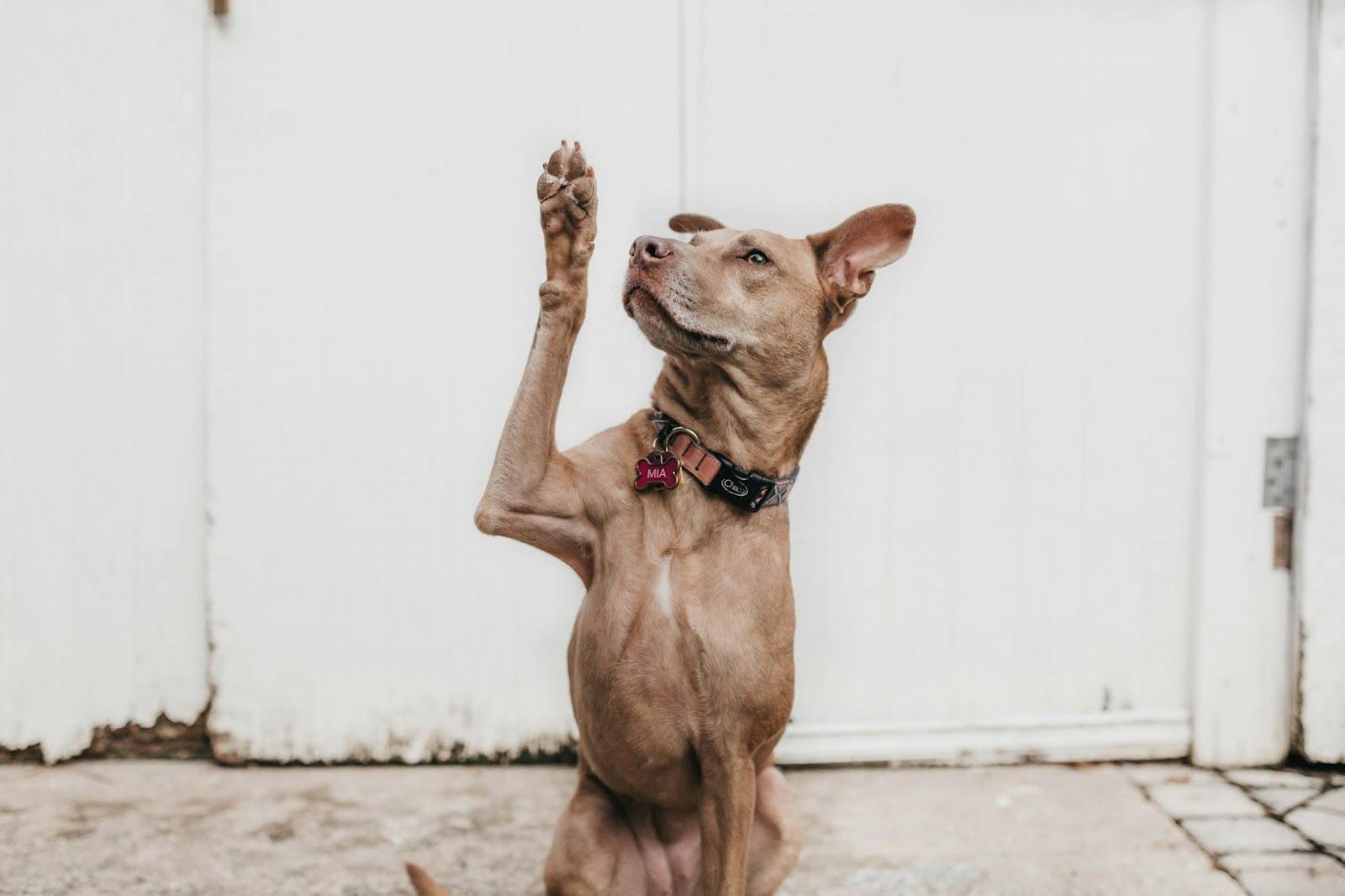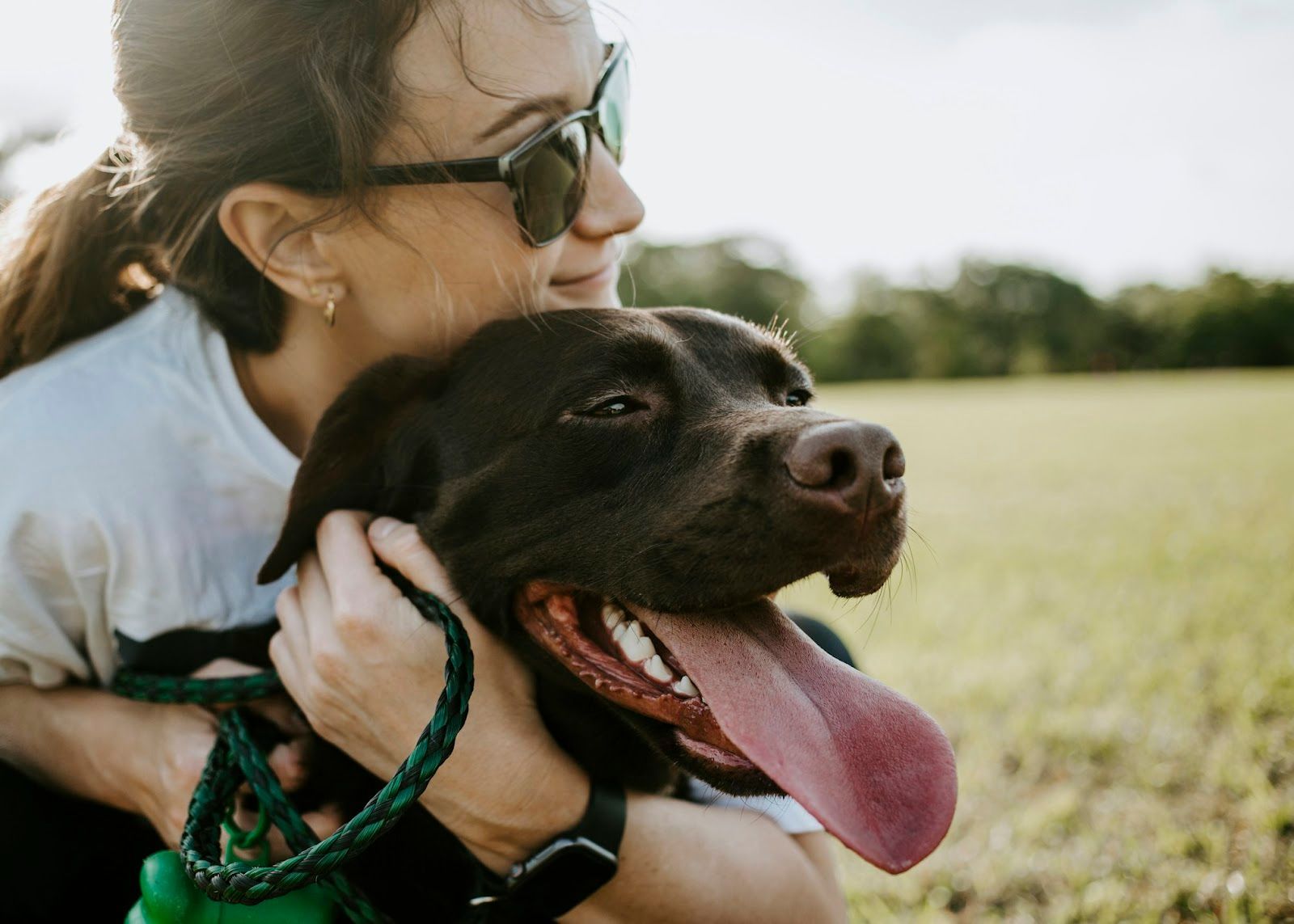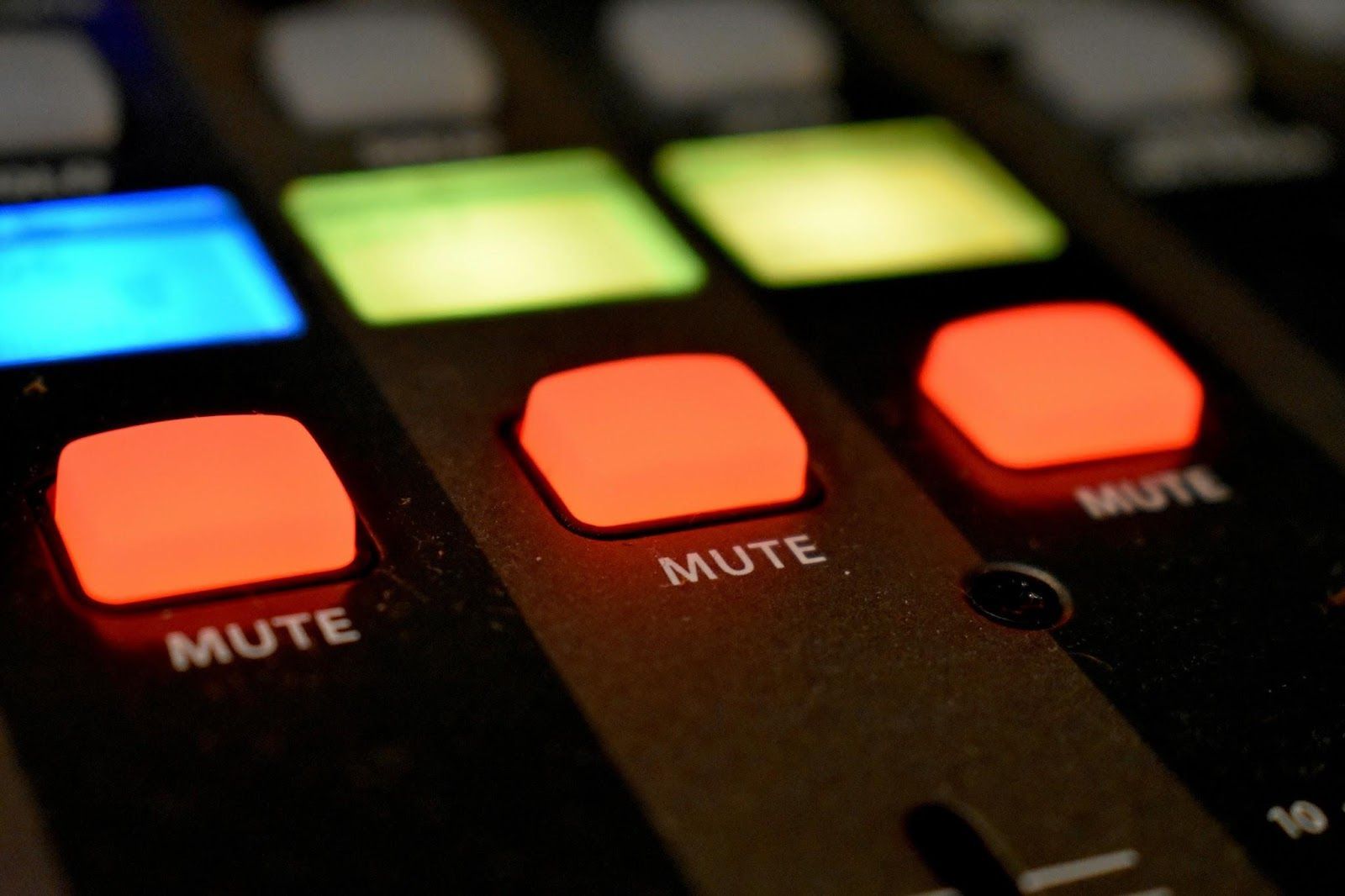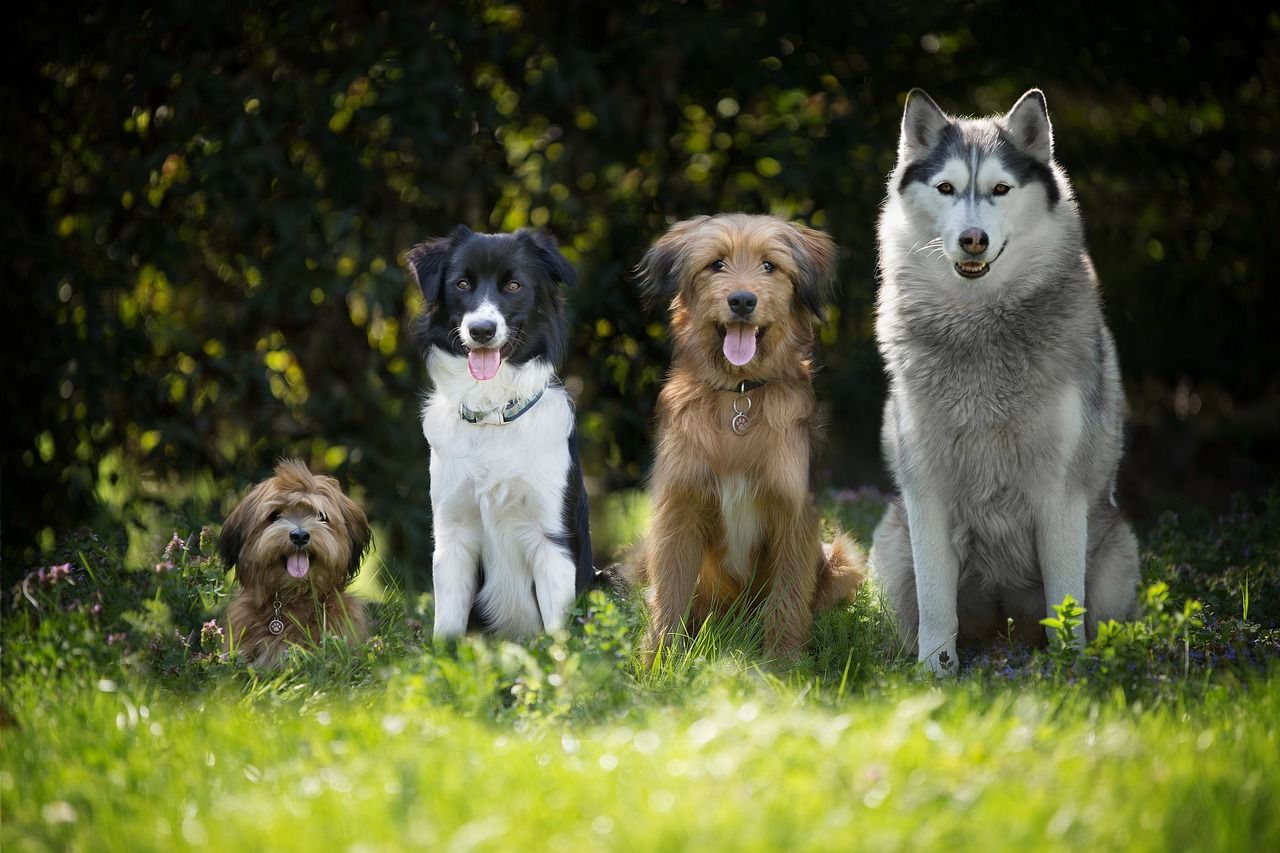Woof, woof!
Do you speak dog? 12 words for communicating with your pet
Published on September 16, 2025
 Credit: Camylla Battani
Credit: Camylla Battani
All creatures have a language of their own, and dogs are certainly no exception. But, over all the years humans and dogs have kept each other company, an undeniable communication has been established between the two. If you are a dog owner or are about to become one, take a look at the following 12 short and easy commands that almost any dog will pick up in no time!
Stay
 Credit: fatty corgi
Credit: fatty corgi
Probably the most the most important command any dog must learn, "stay" will come in handy daily.
To teach it, have your dog start by sitting. Then slowly back away. If your pet moves toward you, say "no" (more on this one later) and have them sit. When they stop, say "stay."
No
 Credit: Karsten Winegeart
Credit: Karsten Winegeart
An equally important word for children and dogs alike, "no" will keep your pet out of trouble. Use this command in any instance where you can see your dog doing something wrong.
To teach this, have your dog on a leash and place a treat on the floor. Walk your dog towards the treat and once they sniff it, say "no", while slightly pulling the leash towards you.
Sit
 Credit: Alvan Nee
Credit: Alvan Nee
Another classic dog word, "sit" can be used daily to keep your pet at bay when especially good behavior is needed.
Teach your dog to "sit" by holding a treat in your fist and putting it above your dog’s head. Slowly move it behind their head and when they crouch, say "sit" and reward them with the treat.
Down
 Credit: David Clarke
Credit: David Clarke
This command is particularly useful if your dog gets a little too excited. Hold a treat in front of your pet and wait for them to smell it. Once they do, bring the treat down to the floor, and your dog will eventually follow. When their belly is on the floor, say "down" and give them the treat.
Wait
 Credit: Kojirou Sasaki
Credit: Kojirou Sasaki
Quite similar to the aforementioned "stay" but particularly useful for those times when guests arrive at your door and your pet gets too excited and jumps over the newcomers.
To teach "wait" to your dog, have somebody stand outside your door and call. When you open the door and see that your pet starts moving towards it, say "wait", while the person outside closes the door.
Off
 Credit: Anna Dudkova
Credit: Anna Dudkova
If you are not one to allow your pet on the sofa or worse, the bed, "off" can be a useful command. While in an area with furniture, hold a treat in a fist and put it in front of your dog’s nose. They will try to get it, but keep your fist closed. When your pet eventually backs down, say "off" and give them the treat.
Drop it
 Credit: Jamie Street
Credit: Jamie Street
Every dog owner has been in a situation where her or his pet has picked up something against the owner’s wishes. The command "drop it" helps prevent your dog from hurting themselves and your valuables.
To teach it, you’ll need two identical dog toys. Give your dog one and let them play with it. Then, call them over and hold up the new toy. Say "drop it" and give them the new toy once they drop the other.
Bed
 Credit: Jamie Street
Credit: Jamie Street
More often than not, kids and dogs need to be told when to go to bed. To teach your dog this simple command, put them on a leash and lead them to wherever their bed is. Once you get your dog in his or her bed, say the word "bed".
Leash
 Credit: Wade Austin Ellis
Credit: Wade Austin Ellis
Leashes are usually associated with going for a walk, therefore, this command will be quickly understood by your pet. Teach your dog how to get over the leash if he or she is tangled in it by wrapping it around the front paw, then slowly make the loop larger and pull it towards you. Your dog will lift their paw and when the leash comes off, give them a leash and say "leash".
Quiet
 Credit: Luke MacGillivray
Credit: Luke MacGillivray
A command like "quiet" can be useful if your pet is barking excessively and being obtrusive.
You can teach "quiet" when your pet is barking by saying the word very loudly, over your dog’s bark. When your dog stops barking, give her or him a treat.
Car
 Credit: Avi Richards
Credit: Avi Richards
Most dogs love getting into a car but just in case yours isn’t one of those, take her or him outside with a leash and have the trunk or door of your car easily accessible. Then, place a treat inside the desired sitting area and say "car." Your pet should jump right in and, after a few tries, understand when it’s time to go for a ride.
Gentle
 Credit: Chris Arthur-Collins
Credit: Chris Arthur-Collins
Pups break stuff by treating it too roughly or biting too hard. If you see this kind of behavior, just say the word "gentle" firmly, while showing your pet your open palm towards her or him. Once they stop, caress your pet lightly, so as to imitate the soft approach you expect them to have towards the element that is being destroyed.














